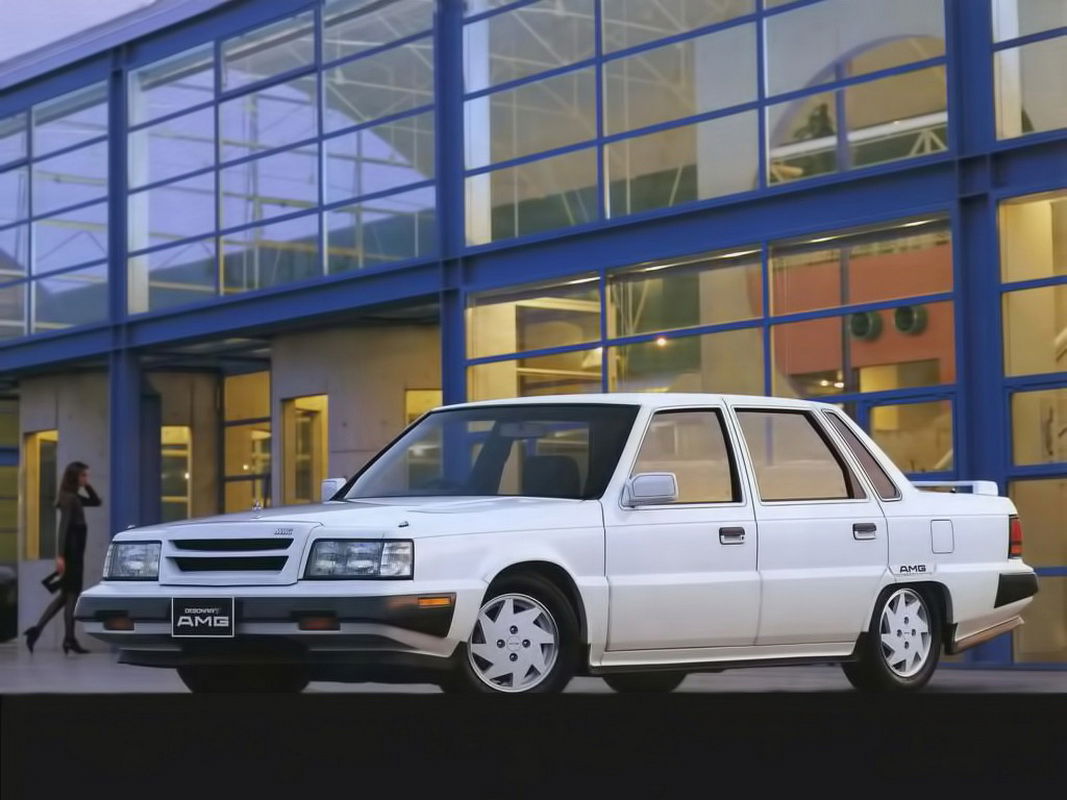How A Rev Limiter Works, And Why You Need One

Explaining what a rev limiter isn’t exactly hard, so we know you’re probably rolling your eyes right now and wondering why we’re even bothering. Well, if that’s the case, sorry for stating the obvious but it’s there to limit the maximum speed of an engine’s revolutions.
Unless you’re mechanically inclined though, is it something you’ve ever really thought about beyond that? That small detail on your car you’ll never really think about is more interesting than you think, and has one very important job.
How do rev limiters work?

We all know what the job of a rev limiter is, but have you ever thought about how they work?
There are two types of rev limiters in most cases – ‘soft’ and ‘hard’. A soft limiter is more commonly used in factory road car engines, which slows revs more gradually. You can imagine it as if the engine is pushing up against a spring. This is to place less stress on components within an engine, and it’s done by gradually cutting the engine’s fuel supply so it runs increasingly lean to halt acceleration.
In the case of a ‘hard’ limiter, this will pretty much freely rev to within 1rpm of the figurative wall before ‘bouncing’ off of it. This is usually achieved by cutting the spark or fuel supply instantly to halt combustion and creating that comparatively fierce halt. It’s more common to find this type of limiter in track cars than in road cars.
Why do cars need rev limiters?

Simply put, the rev limiter is there to prevent an engine from destroying itself from overrevving. Without it, an overspeeding engine would add stress to components beyond their designed capabilities and the result would be a very expensive mess.
That said, a rev limiter can only go so far – it won’t protect you from ‘money shifting’, dropping a gear too early. Say, you accidentally shift from third to first at full chat.
Can you remove a rev limiter?
In a factory-spec car, there’s no real reason to remove a rev limiter. There’s no benefit performance-wise beyond the redline (not to be confused with the rev limiter), although manufacturers will leave an effective safe zone beyond it before the limiter kicks in.
It’s not impossible to remove a limiter, though at the minimum you’re going to need an aftermarket ECU to do so. It’s only really advisable to increase the limiter if you’re running a heavily modified engine that necessitates higher RPM for peak power.


Comments
I know the principal is to prevent the engine from grenading on the owner
Great article!
Just… Please correct a typo: “Rev limiters are there”, not their.
Inb4 takumi blowing engine jokes
Take note subaru owners
TWO STEP!!!!!!
Sooo, Rolls-Royce,get some rev-limiters on your cars please!
I thought I already knew what it was and I also thought that I also had one
and that’s why my old bimmer had a springy thing that when you were accelerating guided the gear lever towards the next gear (or the lower one when braking)…. and obvioysly it failed so in the last year i had that car it was a problem going 4th to 3rd, because it always wanted to go into 5th (or 1st)….
When an Aventador reaches max revs it ‘bounces’ like the video of the Honda S2000 above (see: https://youtu.be/PY_6CnYudWM?t=32).
However, when stationary with launch control on, holding the revs, it kind of ‘purrs’, I guess because it ‘bounces’ much faster (see: https://youtu.be/LLHcD6gwuZg?t=60).
When downshifting it also produces this ‘purring’ effect (see: https://youtu.be/VIDbQUja1Sg?t=45).
To me the faster ‘purring’ sounds much better than the slow ‘bounce’.
Why the difference and how does it work?
Soft limiters normally run a random pattern of ignition cuts - slowly pulling out fuel to run lean right at the top of the engine revs under full power is a great way to just melt a hole in a piston.